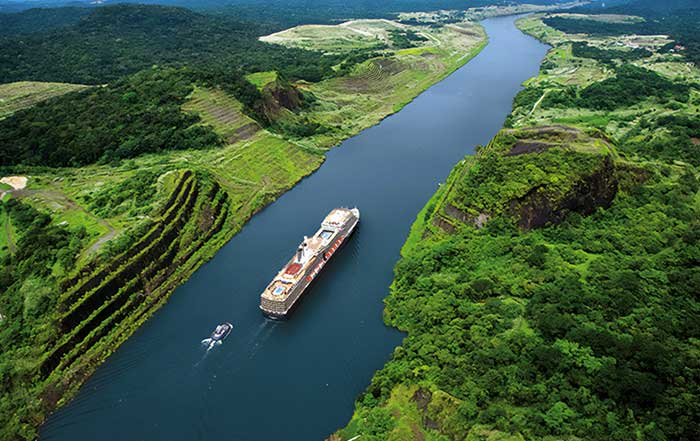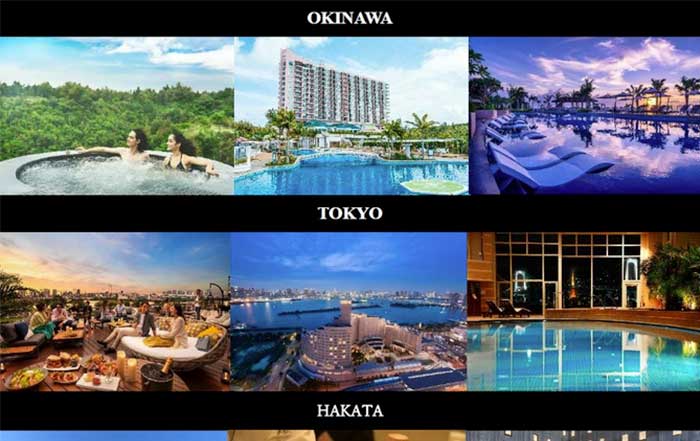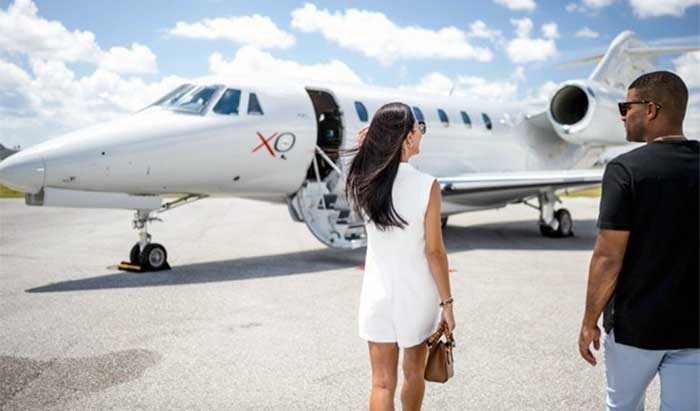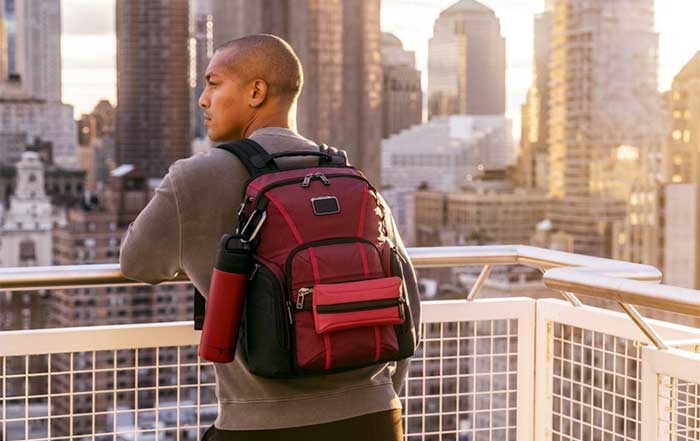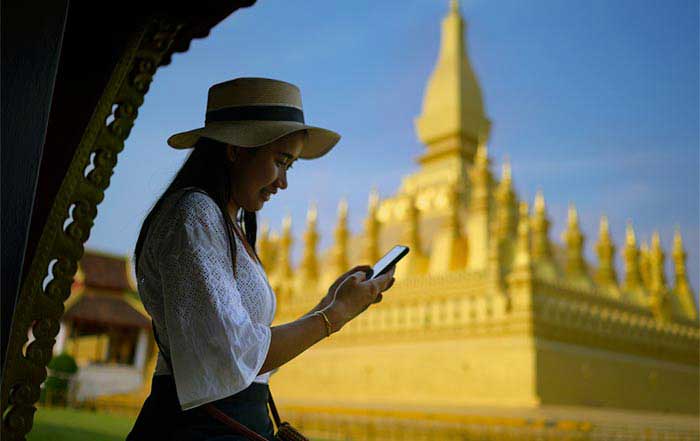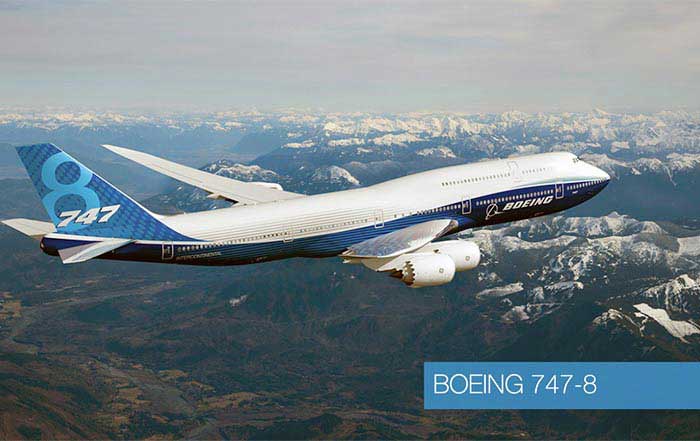The history of flight is a fascinating chronicle of human ingenuity and ambition. From the mythical flights of Icarus to the Wright brothers' groundbreaking invention, the development of flight has transformed the world in unprecedented ways. The journey from simple gliders to sophisticated commercial airliners has been marked by significant milestones, each contributing to the evolution of air travel as we know it today.
The dream of flight can be traced back to ancient civilizations. Early myths and legends often featured humans attempting to soar like birds. However, it was not until the late 18th century that the first successful human flight was achieved. In 1783, the Montgolfier brothers launched a hot air balloon in France, carrying passengers aloft and demonstrating the potential of human flight. This achievement ignited the imaginations of inventors and pioneers around the world.
The 19th century saw further advancements with the development of gliders and early attempts at powered flight. Sir George Cayley, known as the "father of aviation," made significant contributions by designing and building gliders that could carry a human pilot. His work laid the foundation for future aviation pioneers.
The dawn of the 20th century marked a pivotal moment in the history of flight. On December 17, 1903, Orville and Wilbur Wright achieved the first powered, controlled flight in Kitty Hawk, North Carolina. Their aircraft, the Wright Flyer, remained airborne for 12 seconds, covering a distance of 120 feet. This historic event demonstrated the feasibility of powered flight and set the stage for rapid advancements in aviation technology.
The years following the Wright brothers' success witnessed a flurry of innovation and experimentation. Aviation enthusiasts and engineers across the globe sought to improve aircraft designs, enhance performance, and increase safety. World War I played a significant role in accelerating these developments, as military forces recognized the strategic advantages of aerial reconnaissance and combat.
The interwar period saw the emergence of commercial aviation. Airlines began to form, and passenger air travel became increasingly popular. The advent of larger, more powerful aircraft, such as the Douglas DC-3, revolutionized air travel by making it faster, more reliable, and accessible to a broader audience. By the late 1930s, commercial aviation had become a viable industry, connecting cities and countries like never before.
World War II further accelerated advancements in aviation technology. The development of more advanced aircraft, including long-range bombers and jet engines, pushed the boundaries of what was possible in the skies. The post-war era saw these innovations being adapted for commercial use, leading to the rise of the jet age in the 1950s and 1960s.
The introduction of jet airliners, such as the Boeing 707 and the Douglas DC-8, revolutionized air travel. These aircraft significantly reduced travel times, making international flights more convenient and affordable. The 1960s and 1970s marked the golden age of commercial aviation, with airlines expanding their networks and offering luxurious amenities to passengers.
The development of supersonic transport further pushed the boundaries of air travel. The Concorde, a joint venture between Britain and France, made its maiden flight in 1969 and entered commercial service in 1976. Capable of flying at twice the speed of sound, the Concorde dramatically reduced transatlantic travel times. However, due to high operational costs and environmental concerns, it was retired in 2003.
The modern era of aviation is characterized by technological advancements, enhanced safety measures, and a focus on sustainability. The development of advanced materials, avionics, and propulsion systems has led to the creation of more efficient and environmentally friendly aircraft. Airlines are continually striving to reduce their carbon footprint and improve fuel efficiency, reflecting a growing awareness of environmental issues.
Today, the aviation industry plays a crucial role in the global economy. It facilitates international trade, tourism, and cultural exchange, connecting people and businesses across continents. The rise of low-cost carriers has made air travel accessible to a broader population, while technological innovations continue to enhance the passenger experience.
Best International Passenger Plane Airlines: Excellence in the Skies
The global aviation industry is dominated by a select group of airlines that have set the standard for excellence in passenger service, safety, and innovation. These airlines are known for their extensive route networks, impressive business valuations, robust revenues, and stellar customer service reputations. This section highlights some of the best international passenger plane airlines, showcasing their key destinations, financial performance, and customer service accolades.
Emirates: The Pinnacle of Luxury and Service
Emirates, the flagship carrier of the United Arab Emirates, is synonymous with luxury and top-tier service. Founded in 1985, the airline has rapidly grown to become one of the most prominent players in the global aviation industry. Emirates operates a vast network of over 150 destinations across six continents, with its hub at Dubai International Airport.
One of Emirates' standout features is its commitment to providing a luxurious travel experience. The airline's fleet includes the Airbus A380, the world's largest passenger aircraft, which offers private suites in First Class, lie-flat seats in Business Class, and spacious seating in Economy Class. Emirates' in-flight entertainment system, ICE, is consistently ranked among the best in the industry, offering a wide array of movies, TV shows, music, and games.
Emirates' financial performance is equally impressive. The airline consistently reports strong revenues and profitability, driven by its extensive network and premium services. Despite the challenges posed by the COVID-19 pandemic, Emirates has demonstrated resilience, adapting its operations and maintaining a strong financial position.
Customer service is a cornerstone of Emirates' reputation. The airline has received numerous awards for its service excellence, including Skytrax's World's Best Airline award. Passengers praise Emirates for its attentive cabin crew, comfortable seating, and high-quality dining options. The airline's commitment to innovation and customer satisfaction sets it apart as a leader in the aviation industry.
Singapore Airlines: A Tradition of Excellence
Singapore Airlines is renowned for its impeccable service, operational efficiency, and commitment to innovation. Founded in 1947, the airline has built a reputation for excellence, consistently ranking among the top airlines globally. Singapore Airlines operates a comprehensive network of over 130 destinations in more than 40 countries, with its primary hub at Changi Airport.
The airline's fleet is one of the youngest and most fuel-efficient in the world, featuring advanced aircraft such as the Airbus A350 and the Boeing 787 Dreamliner. Singapore Airlines is known for its luxurious cabins, including the renowned Singapore Airlines Suites, which offer a private, hotel-like experience in the sky. The airline's Business Class and Premium Economy Class also receive high marks for comfort and service.
Singapore Airlines' financial performance reflects its strong market position. The airline has consistently reported robust revenues and profitability, driven by its premium services and strategic partnerships. The airline's resilience during economic downturns and its ability to adapt to changing market conditions underscore its financial strength.
Customer service is a hallmark of Singapore Airlines. The airline has received numerous accolades for its service quality, including Skytrax's Best Airline in the World award. Passengers commend Singapore Airlines for its attentive and courteous cabin crew, gourmet dining options, and exceptional in-flight entertainment. The airline's dedication to providing a superior travel experience makes it a favorite among discerning travelers.
Qatar Airways: Innovation and Excellence in the Skies
Qatar Airways has rapidly ascended to become one of the world's leading airlines, known for its innovative services and exceptional customer experience. Established in 1993, the airline operates a global network of over 160 destinations, with its hub at Hamad International Airport in Doha.
Qatar Airways' fleet includes some of the most advanced aircraft in the industry, such as the Airbus A350 and the Boeing 787 Dreamliner. The airline's Business Class, known as Qsuite, is widely regarded as one of the best in the world, offering private suites, lie-flat beds, and customizable configurations. Qatar Airways' Economy Class also stands out for its spacious seating and high-quality service.
Financially, Qatar Airways has demonstrated strong performance, with significant revenues and strategic investments in other airlines. The airline's ability to navigate challenges and maintain growth is a testament to its robust business model and strategic vision.
Customer service is a key differentiator for Qatar Airways. The airline has won numerous awards, including Skytrax's Airline of the Year award. Passengers appreciate Qatar Airways for its exceptional service, luxurious cabins, and extensive in-flight entertainment options. The airline's commitment to innovation and customer satisfaction positions it as a leader in the aviation industry.
Cathay Pacific: Excellence and Reliability
Cathay Pacific, the flagship carrier of Hong Kong, is known for its reliability, high-quality service, and extensive route network. Founded in 1946, the airline operates a comprehensive network of over 190 destinations in more than 60 countries, with its hub at Hong Kong International Airport.
Cathay Pacific's fleet includes advanced aircraft such as the Airbus A350 and the Boeing 777. The airline's Business Class offers lie-flat seats and direct aisle access, providing a comfortable and private travel experience. Cathay Pacific's Premium Economy and Economy Class also receive high marks for comfort and service.
Financially, Cathay Pacific has a strong track record, with consistent revenues and profitability. The airline's strategic focus on Asia-Pacific and its ability to leverage its hub in Hong Kong contribute to its financial stability and growth.
Customer service is a cornerstone of Cathay Pacific's reputation. The airline has received numerous awards for its service quality, including Skytrax's Best Airline in Asia award. Passengers commend Cathay Pacific for its attentive cabin crew, high-quality dining options, and extensive in-flight entertainment. The airline's dedication to providing a superior travel experience makes it a preferred choice for travelers in the region.
Lufthansa, Germany's flagship carrier, is renowned for its precision, quality, and extensive route network. Founded in 1953, the airline operates a global network of over 200 destinations across nearly 80 countries, with its primary hubs located at Frankfurt Airport and Munich Airport. Lufthansa's fleet includes a variety of advanced aircraft, such as the Airbus A350 and Boeing 747, which are known for their efficiency and passenger comfort.
The airline's Business Class offers lie-flat seats, direct aisle access, and exceptional service, making it a preferred choice for business travelers. Premium Economy and Economy Class also provide comfortable seating and high-quality in-flight entertainment, ensuring a pleasant experience for all passengers.
Financially, Lufthansa has demonstrated strong performance, with substantial revenues and profitability. The airline is a key player in the Star Alliance, leveraging strategic partnerships to enhance its global reach and operational efficiency. Despite challenges posed by the COVID-19 pandemic, Lufthansa has shown resilience and adaptability, focusing on recovery and growth.
Customer service is a hallmark of Lufthansa's reputation. The airline has received numerous accolades for its service excellence, including Skytrax's Best Airline in Europe award. Passengers appreciate Lufthansa for its punctuality, courteous cabin crew, and gourmet dining options. The airline's commitment to maintaining high standards of service and innovation solidifies its position as a leading global carrier.
Aviation History Timeline
Delta Air Lines: American Excellence and Innovation
Delta Air Lines, one of the largest carriers in the United States, is known for its extensive domestic and international network, operational reliability, and commitment to customer satisfaction. Founded in 1924, Delta operates over 300 destinations across more than 50 countries, with major hubs in Atlanta, Detroit, Minneapolis-St. Paul, and Salt Lake City.
Delta's fleet includes a wide range of aircraft, such as the Airbus A350 and Boeing 767, which are equipped with modern amenities and technologies. The airline's Delta One Business Class offers lie-flat seats, premium dining, and personalized service, while Delta Premium Select and Main Cabin provide enhanced comfort and entertainment options.
Financially, Delta has consistently reported strong revenues and profitability. The airline's strategic investments in technology, fleet modernization, and customer experience initiatives have contributed to its competitive edge. Delta's ability to adapt to changing market conditions and focus on operational efficiency underscores its financial strength.
Customer service is a key focus for Delta. The airline has received numerous awards for its service quality, including recognition from J.D. Power and Skytrax. Passengers commend Delta for its friendly and professional cabin crew, high-quality in-flight entertainment, and innovative services such as free messaging and Wi-Fi access. Delta's dedication to enhancing the passenger experience and maintaining high service standards makes it a preferred choice for travelers.
British Airways: A Legacy of Elegance and Service
British Airways, the United Kingdom's flag carrier, is celebrated for its legacy of elegance, service excellence, and extensive route network. Founded in 1974 through the merger of BOAC and BEA, British Airways operates over 200 destinations in more than 80 countries, with its primary hub at London Heathrow Airport.
The airline's fleet includes modern aircraft such as the Airbus A380 and Boeing 787, which offer advanced technologies and enhanced passenger comfort. British Airways' Club World Business Class features lie-flat seats, direct aisle access, and premium dining, while World Traveller Plus and World Traveller cabins provide comfort and entertainment for all passengers.
Financially, British Airways has demonstrated strong performance, with significant revenues and profitability. The airline's strategic focus on premium services, extensive network, and membership in the Oneworld alliance enhance its competitive position. British Airways has shown resilience in navigating economic challenges and maintaining its market leadership.
Customer service is a defining feature of British Airways. The airline has received numerous awards for its service quality, including recognition from Skytrax and the World Travel Awards. Passengers appreciate British Airways for its attentive cabin crew, high-quality in-flight dining, and extensive entertainment options. The airline's commitment to delivering a refined travel experience and upholding its legacy of service excellence makes it a standout choice for international travelers.
All Nippon Airways (ANA): Japanese Precision and Hospitality
All Nippon Airways (ANA), Japan's largest airline, is known for its precision, hospitality, and extensive route network. Founded in 1952, ANA operates over 130 destinations across Asia, Europe, and North America, with its primary hubs at Tokyo Narita and Tokyo Haneda airports.
ANA's fleet includes advanced aircraft such as the Boeing 787 Dreamliner and Airbus A380, which are equipped with state-of-the-art technologies and amenities. The airline's Business Class, known as ANA Business Staggered, offers lie-flat seats, direct aisle access, and exquisite Japanese cuisine, while Premium Economy and Economy Class provide enhanced comfort and entertainment.
Financially, ANA has demonstrated robust performance, with consistent revenues and profitability. The airline's strategic focus on quality, operational efficiency, and customer satisfaction contributes to its strong market position. ANA's resilience and adaptability in the face of challenges, including the COVID-19 pandemic, underscore its financial stability.
Customer service is a hallmark of ANA's reputation. The airline has received numerous awards for its service excellence, including Skytrax's Best Airline Staff in Asia award. Passengers commend ANA for its meticulous attention to detail, courteous cabin crew, and high-quality in-flight dining. ANA's dedication to providing a superior travel experience and embodying Japanese hospitality makes it a favorite among international travelers.
Air New Zealand: Innovation and Kiwi Hospitality
Air New Zealand, the flag carrier of New Zealand, is renowned for its innovation, customer service, and unique Kiwi hospitality. Founded in 1940, the airline operates over 50 destinations across the Pacific, Asia, North America, and Europe, with its primary hub at Auckland Airport.
The airline's fleet includes modern aircraft such as the Boeing 787 Dreamliner and Airbus A320neo, which offer advanced technologies and enhanced passenger comfort. Air New Zealand's Business Premier class features lie-flat seats, premium dining, and personalized service, while Premium Economy and Economy Skycouch provide innovative seating options and entertainment.
Financially, Air New Zealand has demonstrated strong performance, with significant revenues and profitability. The airline's strategic focus on innovation, customer experience, and sustainability contributes to its competitive edge. Air New Zealand's resilience and adaptability in navigating market challenges underscore its financial strength.
Customer service is a key differentiator for Air New Zealand. The airline has received numerous awards for its service quality, including recognition from Skytrax and AirlineRatings.com. Passengers commend Air New Zealand for its friendly and professional cabin crew, innovative in-flight products, and high-quality dining. The airline's commitment to enhancing the passenger experience and embodying Kiwi hospitality makes it a standout choice for travelers.
Turkish Airlines: Connecting Continents with Excellence
Turkish Airlines, the flag carrier of Turkey, is known for its extensive route network, service excellence, and strategic location. Founded in 1933, the airline operates over 300 destinations across Europe, Asia, Africa, and the Americas, with its primary hub at Istanbul Airport.
The airline's fleet includes a variety of modern aircraft, such as the Boeing 787 Dreamliner and Airbus A350, which offer advanced technologies and enhanced passenger comfort. Turkish Airlines' Business Class features lie-flat seats, direct aisle access, and gourmet Turkish cuisine, while Premium Economy and Economy Class provide comfort and entertainment for all passengers.
Financially, Turkish Airlines has demonstrated strong performance, with substantial revenues and profitability. The airline's strategic focus on expanding its network, leveraging Istanbul's strategic location, and enhancing customer experience contributes to its competitive position. Turkish Airlines' resilience and adaptability in navigating market challenges underscore its financial stability.
Customer service is a hallmark of Turkish Airlines' reputation. The airline has received numerous awards for its service quality, including recognition from Skytrax and the World Travel Awards. Passengers appreciate Turkish Airlines for its attentive cabin crew, high-quality dining options, and extensive in-flight entertainment. The airline's commitment to connecting continents with excellence and providing a superior travel experience makes it a preferred choice for international travelers.
In conclusion, the global aviation industry is home to several exceptional airlines that have set the standard for excellence in passenger service, safety, and innovation. These airlines, including Emirates, Singapore Airlines, Qatar Airways, Cathay Pacific, Lufthansa, Delta Air Lines, British Airways, All Nippon Airways, Air New Zealand, and Turkish Airlines, have demonstrated strong financial performance, robust business valuations, and stellar customer service reputations. Their commitment to enhancing the passenger experience, embracing technological advancements, and maintaining high standards of service positions them as leaders in the aviation industry. As the world continues to evolve, these airlines will undoubtedly play a pivotal role in shaping the future of air travel, connecting people and businesses across the globe with unparalleled excellence.

